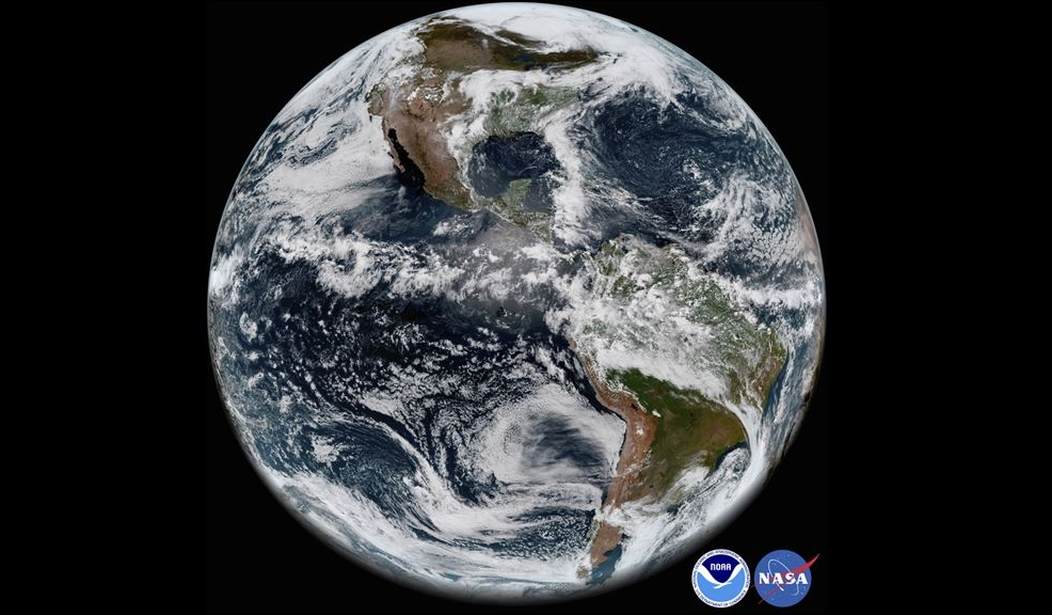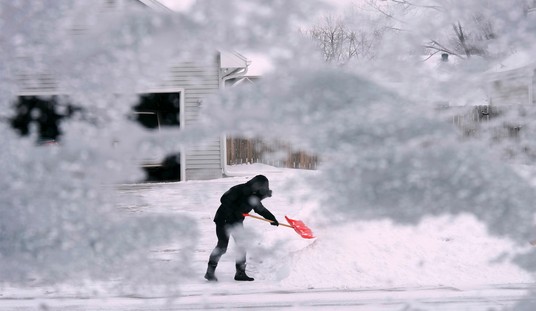Climate Change and the Science
The radiation safety journal, Health Physics, is not the kind of journal you’d expect to find discussing climate change. Their stated mission, from their website:
Health Physics publishes impactful and high-quality research related to radiation safety and protection of workers, the public, and the environment. The Journal is committed to publishing on innovative topics and research that influence the future practice, science, and technological advances in the field of radiation safety.
So why is a journal on radiation safety publishing a work on climate change? Because an examination of the ratios in radioactive carbon isotopes can reveal a lot about the sources of atmospheric carbon. C14 is useful in radiometric dating of organic matter; biologists, paleontologists, and archeologists have known this for decades. But it turns out that C-14, along with the other isotopes, C12 and C13, are useful in distinguishing anthropogenic carbon from naturally occurring carbon. Health Physics has published the research of University of Massachusetts Lowell physicists Kenneth Skrabel, George Chabot, and Clayton French on the topic, and their results are… interesting. But the study is heavy and takes a bit of unpacking.
Climate Change and the Scientific Method
As do all actual journal articles, the paper begins with an abstract, which is essentially a summary of “This is what we did, and this is what we found.” Here’s the interesting bit from the abstract:
These results negate claims that the increase in C(t) since 1800 has been dominated by the increase of the anthropogenic fossil component. We determined that in 2018, atmospheric anthropogenic fossil CO2 represented 23% of the total emissions since 1750 with the remaining 77% in the exchange reservoirs. Our results show that the percentage of the total CO2 due to the use of fossil fuels from 1750 to 2018 increased from 0% in 1750 to 12% in 2018, much too low to be the cause of global warming.
I’ll try to summarize how the study works. Bear in mind that I was trained in biology, not physics.
There are natural two-way exchanges of CO2 between the atmosphere and the ocean and terrestrial biosphere. In this work, the authors calculated annual mean CO2 components, starting with evidence of those levels in 1750 and proceeding through the current date — in other words, starting before the Industrial Revolution. They examined a number of influences and the isotope ratios of C12, C13, and C14, including accounting for outliers like atmospheric nuclear weapons tests. In short, they were able to determine, by examining ratios of C12, C13, and C14, the amount of carbon that was from a human-caused source, assuming a start point of zero in 1750. The goal was to determine the ratios of human-origin vs. natural-origin CO2 in the atmosphere.
Clear as glass, right? I warned you — it’s complicated and somewhat turgid. That’s how these things tend to be — it certainly is to me, and I have, candidly, a stronger-than-average science background. This is the kind of work that is involved:
To achieve an F value of 0.5, *S(t) would have to be 13.24 dpm (gC)−1 instead of 13.96 dpm (gC)−1, and *D14C would have to be −52.89‰ instead of 4.734‰. Also CF(t), DCNF(t), and CNF(t) would have values, respectively, of 64.48 ppm, 64.48 ppm, and 340.92 ppm. To achieve an F value of 1, *S(t) would have to be 11.14 dpm (gC)−1 instead of 13.96 dpm (gC)−1, and *D14C would have to be −203.5‰ instead of 4.734‰. Also, CF(t) would have the value of DC(t) of 128.96 ppm, DCNF(t) the value of 0, and CNF(t) the value of C(0) of 276.44 ppm. These results, especially those for D14C, negate the claims that all or most of the increase of CO2 since 1750 has been due to the burning of fossil fuel.
But the results are plain to see. Just look at that last sentence.
Climate Change and the Conclusions
But here, in the conclusions, are where the real zingers are; I won’t present all ten conclusions, but here are the most interesting ones:
8. Claims of the dominance of the anthropogenic fossil component have involved (a) the misuse of the d13C and D14C statistics to validate these claims when they are expressed in the common unit of per mil (‰), which causes their slopes in plots to be magnified by a factor of 1,000 above what they otherwise would be; (b) the plot of decreasing values of the d13C statistic along with the plot of increasing values of the total CO2 concentration, C(t), in the same figure on different vertical axes to infer or claim that the increase in C(t) is due mostly or entirely to the anthropogenic fossil component, CF(t), even though large reductions of the d13C statistic reflect no significant changes in its (13C/12C) atom ratios and bear no significant relationship with increases in the anthropogenic fossil component, CF(t); and (c) EIA plot of the CO2 concentration, C(t), in the same figure with the plot of the annual emissions, DE(t), of anthropogenic fossil-derived CO2 on different vertical scales, which provides the inference that the anthropogenic fossil component, CF(t), is responsible for the increase in C(t) when a plot of the non-fossil component, CNF(t), and of the anthropogenic fossil component, CF(t), are not included in the EIA figure.
9. An article on Glacial-Interglacial Cycles (NOAA) suggests that recent increases in CO2 and temperatures are due primarily to cyclic changes of solar radiation associated with Earth’s orbit about the sun. The annual change, DCNF(t), in the non-fossil component has positive increasing values in Table 2 (https://links.lww.com/HP/A210) after 1764. It will eventually become negative in the next glacial period when average temperatures decrease again as they have done over all of the previous glacial-interglacial cycles.
10. The assumption that the increase in CO2 since 1800 is dominated by or equal to the increase in the anthropogenic component is not settled science. Unsupported conclusions of the dominance of the anthropogenic fossil component of CO2 and concerns of its effect on climate change and global warming have severe potential societal implications that press the need for very costly remedial actions that may be misdirected, presently unnecessary, and ineffective in curbing global warming.
In other words, the narrative that human-created carbon is driving climate change is not supported by the evidence; the sun, as one might guess, has much more influence, and drastic action in the form of “very costly remedial actions” are not necessary.
I encourage everyone who reads this to go read the entire journal article. It’s long, it’s a bit tedious, as these kinds of journal articles tend to be, and there is a lot of number-crunching and explaining how the observations drive through to the conclusions. But it’s important to understand that this is how actual science is done. This is the kind of science you never see discussed much outside of the journals in which it’s presented, not only because it’s tedious and difficult for lay people to get through, but because it doesn’t fit the Left’s climate change narrative. But the conclusions are inescapable; anthropogenic CO2 was not found to be a significant driver of climate change, especially when compared to other influences.
None of this, of course, will ever see the light of day in the legacy media. Their capability for ignoring data contrary to their pre-existing conclusions is staggering (to be fair, many on the Right share that trait) and this study certainly casts some heavy shadow on the agendas of people like Sweden’s Doom Pixie. Actual science, producing actual, repeatable, verifiable data, is of no interest to these people. But, nevertheless, that data stands, and it shows, clearly, that breaking the global economy to chase the climate change dragon is a waste of time and money.
But the lunacy continues. Right now, in New York, the city is trying to shut down pizza ovens, and we’re sending millions to Iraq to teach climate change. And the Left, the authors of these stupid policies, are the ones that claim to love science. Unbelievable.















